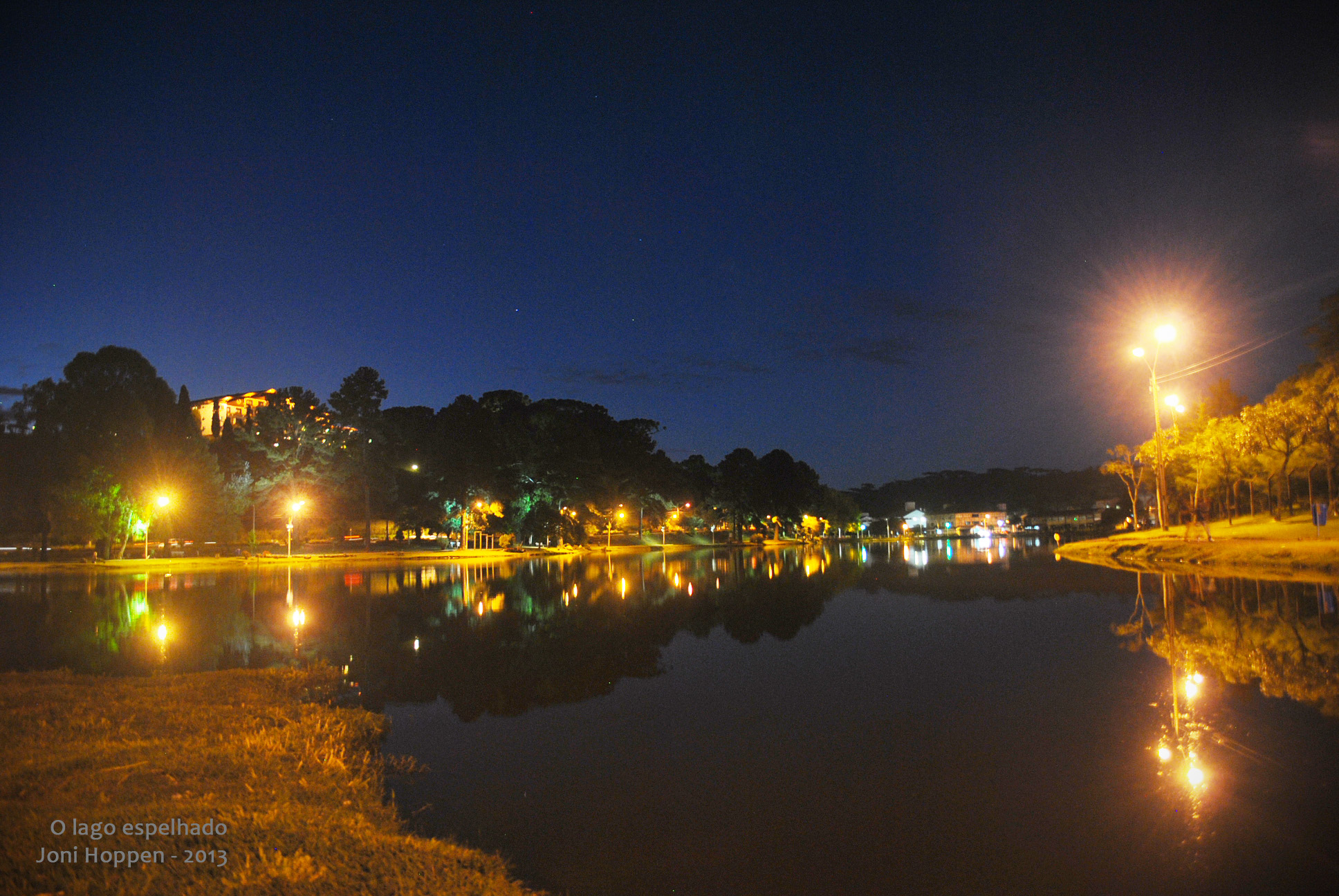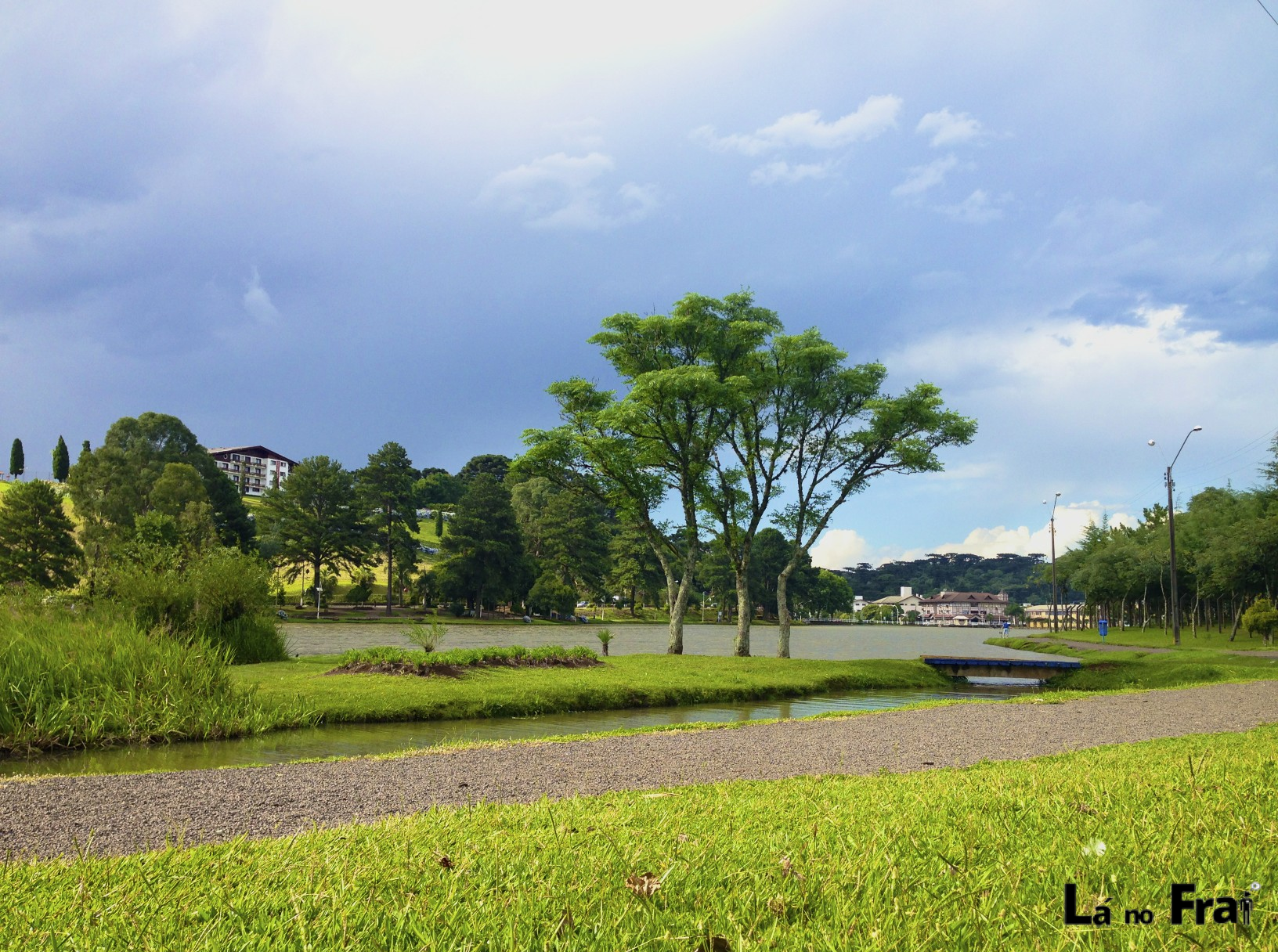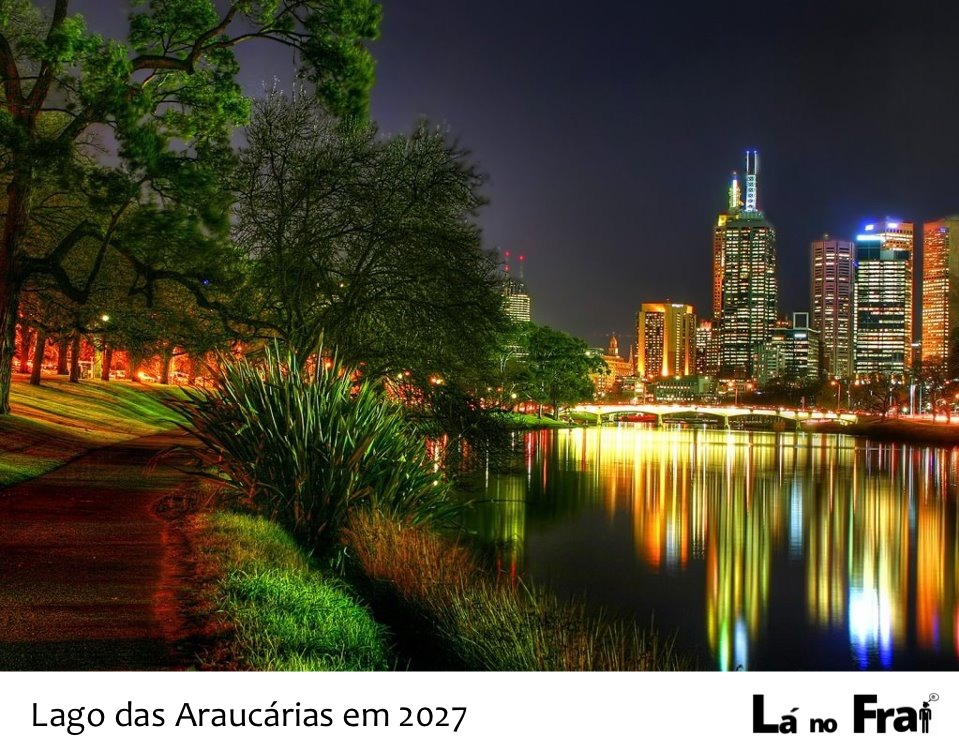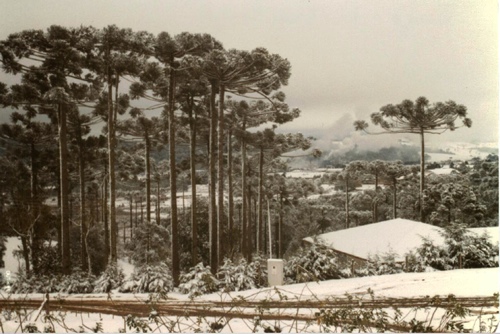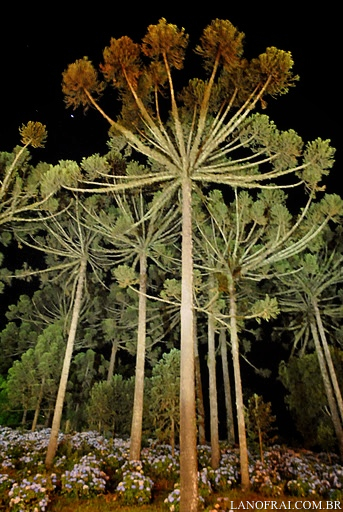Tag Archives: araucária
Towards the autumn in Fraiburgo
End of the year 2014
Every time I arrive to Fraiburgo, the very first thing to do, after family priorities, is to go for the traditional walk around the Araucárias lake, which is at the center of the town. We Fraiburguese miss it while living abroad. So, here are the two very best picts from yesterday 20th December 2014. The Xmas decoration is very well organised, in fact the city was dressed pretty and neatly, but this will left for another post. For now I wish you all super nice very awesome great Xmas and happy new year.

Lá no Frai é assim na visão de Fernanda Schneiker Lemos
Fraiburgo – 2027
Ainda com o pensamento no futuro do Frai, segue mais uma foto real de como a cidade será em 2027. Segundo nossas pesquisas de mercado e cruzamento de dados na área de inteligência competitiva, Fraiburgo se destacará por ser um centro de cultura e negócios de alto valor agregado, se tornando um polo de riquezas que deverão girar no entorno do Lago das Araucárias, o qual está 100% limpo, com uma queda d’agua na ponta e uma estação de metro que sai bem na porta da atual casa da cultura.
Before the end of this year, it is time to envision Fraiburgo’s future, more precisely the year 2027. But why, 2027? Bucause it is a year that looks nice. According to our market research in big data sets and competitive intelligence, Fraiburgo will become a remarkable culture and business centre in Brazil, which its wealth will circulate around the Araucárias’ lake. This in turn, will be 100% water clean, with small artificial waterfalls and a metro station in front of the Culture House.
Como um centro internacional de turismo, Fraiburgo terá placas indicativas de cultura, história em lazer espalhadas pela cidade em inglês, português, espanhol e Fraiburguês. A população atenderá os visitantes usando todos esses idiomas. Vários pontos da cidade trarão informações precisas e inéditas feitas sobre as cidades vizinhas pois hoje e no futuro o tempo será cada vez mais precioso e por isso os viajantes que no geral terão ambições intelectuais e culturais crescentes, preferirão visitar Fraiburgo para entender a dinâmica de toda a região de uma só vez. O grande diferencial da cidade em relação a todas outras no Brasil será sua história baseada na diversidade cultural, étnica e religiosa e sua capacidade de estar aberta às inovações.
As an international tourism centre, Fraiburgo will have signs all over the city with information about Brazilian and local culture, history and leisure in English, Portuguese, Spanish and Fraiburguese. Its population will, certainly, be able to atten visitors using all these idioms and even some dialects. Many parts of the city will bring information about the neighbouring cities since from now on the future of tourism will be to get as much as information and culture with the less time possible as long as the peoples intellectual needs are satisfied, they will prefer to visit only one place where they can not only experience the place but also have a holistic view of the region.
Os principais pontos turísticos da cidade serão:
- Hotel Renar, a casa da cultura e o centro de ski artificial do hotel;
- Museu da maçã;
- Lago das Araucárias com as cachoeiras artificiais, chafarizes, pedalinhos e a preservada ilha;
- Castelinho;
- Moinho Holandês;
- Dinossauros do bosque da Renar;
- Pista de rolimã do bela vista;
- Parque museu do papel na extinta Trombini que também abrigará a UFDF (Universidade Federal de Fraiburgo);
- 5 mirantes cruzados incluindo o da chaminé;
- Relógio na Caixa d’agua da BigBom;
- Teleféricos que cruzam a cidade e o centro de eventos.
- O tabuleiro de xadrez gigante na praça Maria Frey, lugar onde as músicas, peças teatrais e filmes tomarão forma.
Os principais esportes da cidade serão o Xadrez e o Tchocobol (em breve apresentaremos esse famoso esporte suíço). A cidade será um praticamente um parque de aventura em constante transformação e nunca pronto, pois estará sempre evoluindo. Enfim, será um lugar onde as pessoas vivem e também desfrutam de tudo junto com os incessantes visitantes do mundo. Mais ideias para o Frai? da uma olhada nessa outra lista lá levantada um tempo atrás pela galerinha! http://lanofrai.com.br/tag/fraiburgo-nota-1000/
The great advantage of the Fraiburgo will be its history, which is based on deep cultural, ethnic, and religious diversity and its capacity to be endlessly opened up for innovations.
The mains tourism attractions will be:
- Renar Hotel and its artificial ski lanes;
- The apple museum;
- The Araucárias’ lake with artificial waterfalls, several fountains, paddle-boats and its well preserved island.
- Gravity races – ball bearing billy carts;
- The little castle so called Castelinho;
- A Dutch windmill;
- The dinosaurs of the Renar forest;
- The paper museum of the extinct paper production Trombini, which will also be the Federal University of Fraiburgo;
- 5 overlooks including the central chimney;
- The big clock of of the central water tower;
- Big chess table at the Maria Frey square, where music and movies will take place;
- The main sports of the city will be chess and tchoukball.
All in all, the city will be just like and amusement park that is constantly changing and never finished since it will be always evolving to something else. It will be a place where the people work, live and have fun and joyful moments.
Jardim das Araucaritchozinhas / Araucarias garden
Queridos Tchozinhos e tchozinhas,
Ainda não sei onde fica ou ficava esse jardim ou mesmo o autor desta linda foto disponibilizada pela POMAGRI – Porém, entendo que se ela foi aprovada pelo “Tchô Quenorris” então é de altíssima qualidade e por isso está sendo compartilhada para comunidade tchozinha! Viva as belezas do FRAI, a terra que se parece só com ela mesma 🙂
Dear friends,
Little by little I am gathering some really historically precious pictures of Fraiburgo. So far I don’t have much information about it like the autor’s name or the precise place of the date when it was taken (yet), nonetheless it deserves to be published and shared! Greetings from the snow cold Brasil that does not play much football but has many other interesting stuff 🙂
Nossas árvores e flores / Our trees and flowers
Impossível passar pelo Frai sem notar as remanescentes e imponentes araucárias e suas fieis amigas cortejantes (hortências). O que me alegra é poder vê-las ainda ao vivo e das suas grimpas fazer um fogo de chão que estrala como pipoca para sapecar o pinhão.
Impossible to pass by without noticing the remaining and imponent Araucária pines and their faithful friends (hydrangeas). I’m glad they still exist provinding delicius food (seeds) called “pinhão”.
Por muito pouco nossas araucárias não foram todas extintas. Em menos de 50 anos elas foram perseguidas e aniquiladas sistematicamente num tremendo holocausto vegetal sem precedentes na nossa história. Quanto maior fosse a tora, maior era o orgulho da ignorância do homem. A americana Southern Brazil Lumber & Colonization Company era como um polvo e seus tentáculos (trilhos) penetravam no continente sugando todas as árvores e recursos naturais que poderiam ser transportados nos vagões até os portos de SP e RJ. Onde estariam essas árvores hoje? Depois da limpeza no terreno, bastava expulsar os nativos da região e vender terrenos já loteados para os europeus famintos que, no Brasil, não paravam de chegar.
Resultado,
a desabilitada estrada de ferro do planto nos custou o “despovoamento de 15 milhões de pinheiros, imbuias, cedros e perobas que se aninharam no extenso planalto de Canoinhas” Sergio Sachet – Santa Catarina 100 de história. Do gene humano que ali habitava o estrago foi incalculável.
It is just by chance they were not all extinguished. In less than 50 years they were systematically persecuted and annihilated a huge vegetable holocaust unprecedented in our history. The larger the log, the greater was the pride of ignorance of human kind. The U.S. Southern Brazil Lumber & Colonization Company was like an octopus and the tentacles (rails) penetrated the continent sucking all the trees and natural resources that could be transported in wagons to the ports of RJ and SP. Where were these trees today? After cleaning the ground, it was enough to expel the natives and sell land already batched for the hungry Europeans immigrants who could not stop coming to Brazil.
As a result,
The, nowadays, a disabled railroad costed the “depopulation of 15 million pines, walnuts, cedars and perobas that nested themselves in the extensive plateau Canoinhas” Sergio Sachet – Santa Catarina 100 history. Regarding the the human gene that lived there the damage was incalculable.
